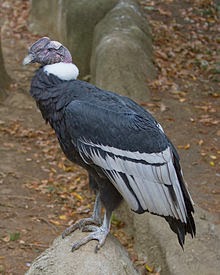 |
| Francisco Pizarro picture from the web |
west coast of South America from the 1400s. The Incas remained in place until the Spanish arrived in 1532. Even though it is believed that the Inca Empire had a population of over 10 million people, the Spanish, along with Francisco Pizarro conquered the Inca Empire and took over. This happened in 1533. Francisco Pizarro died in Lima, Peru in 1541.
~This mountain range extends over seven countries. In alphabetical order, they are Argentina, Bolivia, Chile, Colombia, Ecuador, Peru, and Venezuela.
~The Andes cover a surface of about 2 million square km or 800,000 square miles.
~The estimated height is about 13,000 feet.
~The highest peak is Aconcagua in NW Argentina.
~Most of the Andes are volcanic mountains.
~The Andes have a variety of fauna and flora. There are 1700 birds species, 600 mammals, 400 species of fish, 600 species of reptiles, and 1000 species of amphibians. You can also find 30,000 species of plants.
~Have you ever heard of an Andean Flamingo? It is the rarest Flamingo in the world, and they only hang out at the Andes Mountains in South America.
 |
| Andean Flamingo-image from Wiki |
 |
| Andean Condor image from Wiki |
 |
| Yellow-tailed woolly monkey-image from Wiki |
 |
| Viscacha rat-image and info from PBS |
You can read more at Blue Planet Biomes.
Live science



Cool info. Love that flamingo!
ReplyDelete